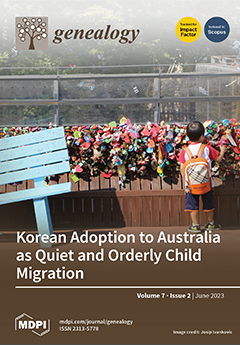Background: Discrimination, racism, harassment, stereotyping, and bullying are a significant issue for medical students as they create a hostile environment with detrimental effect on student wellbeing and educational experience. Findings suggest that though prevalent, reporting of these experiences is rare and perceived as
[...] Read more.
Background: Discrimination, racism, harassment, stereotyping, and bullying are a significant issue for medical students as they create a hostile environment with detrimental effect on student wellbeing and educational experience. Findings suggest that though prevalent, reporting of these experiences is rare and perceived as ineffective. Objectives: This scoping review aims to map the trends, types, and nature of discrimination, harassment, bullying, stereotyping, intimidation, and racism reports in undergraduate medical education in the UK since 2010 and to determine areas of focus for undertaking full systematic reviews in the future. Method: A search was conducted using the MEDLINE, AHMED, CINHL, and EMBASE electronic databases from 2010 up to February 2022 in English. Only primary research papers (e.g., cohort studies, cross-sectional studies, and case series) that report the words/phrases discrimination (including gender and racial), harassment (including verbal, sexual, academic, and physical), bullying, stereotype, intimidation, and racism within medical education in the UK after 2010, following the Equity Act 2010, were eligible for inclusion. Results: Five relevant articles relating to discrimination, harassment, bullying, stereotyping, intimidation, and racism in medical schools in the UK were included. Three themes were identified across these studies. Conclusions: The data suggest that there is a high prevalence rate of discrimination, harassment, and stereotyping being experienced by ethnic minority undergraduate medical students in the UK. There is underreporting due to perceived and structural barriers. The identified studies suggest that less progress has been made in these areas.
Full article





